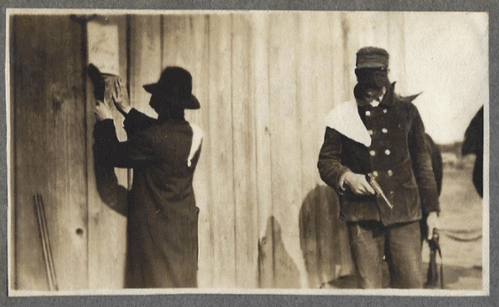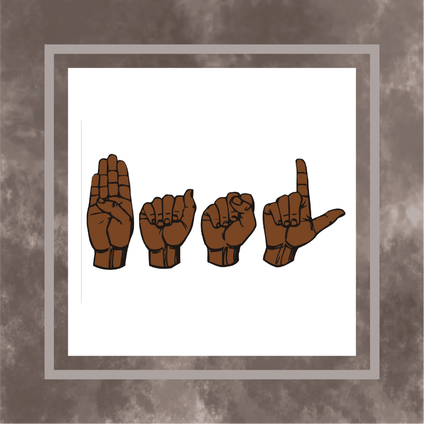|
By Heather Millar I’ve always known that my mother’s side of the family came from the South. They were plantation owners. They enslaved Africans. After the Civil War, they joined clubs like the “Daughters of the Confederacy.” My mother used to tell stories about her great-great-grandmother going to college, taking an enslaved teenager as a servant. By SURJ Bay Area Throughout February 2021, SURJ Bay Area celebrated Black History Month by highlighting the stories of Black individuals with disabilities, joining others in the #DisabledBlackHistory hashtag on social media. Here is a collection of those posts, beginning with Black American Sign Language and presenting short profiles of some familiar and some lesser-known figures. #BASL Black American Sign Language, BASL, or Black Sign Variation is a dialect of American Sign Language (ASL) used most commonly by deaf African Americans in the United States. Because of 1954’s Brown v. Board of Education Supreme Court decision, “separate but equal” was ruled unconstitutional and schools were desegregated, including schools for deaf children. It then became apparent that Black students had learned a variation of ASL, now called Black American Sign Language. BASL differs from ASL by phonology, syntax, and vocabulary, uses variations on ASL words, sometimes requires a larger signing space, uses two-handed variants of signs, and uses words taken directly from African American Vernacular English. |
Find articles
All
Browse by date
July 2024
MEDIUM |
© COPYRIGHT 2017-2024 SURJ BAY AREA. ALL RIGHTS RESERVED.




 RSS Feed
RSS Feed